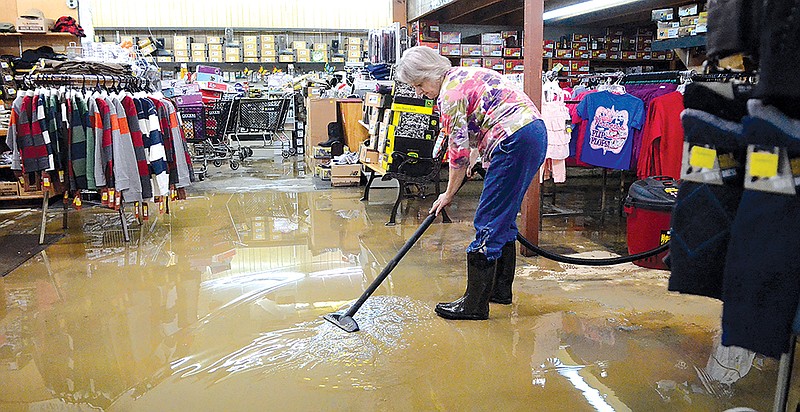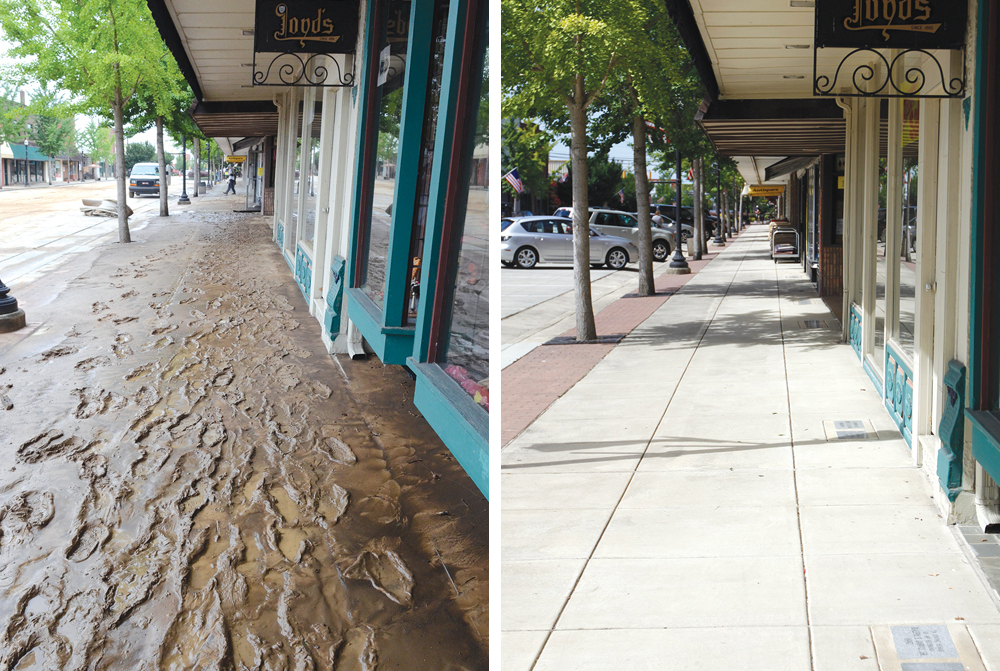From severe storms and heavy rain to drought and extreme heat, communities in the Southeast experience climate impact every day. Environmental hazards seem to have become so common that many of us are desensitized to headlines in the news.
"South Pittsburg bears the brunt of storms" and "Heavy rains flood roads and neighborhoods" read stories from Local 3 News in December 2021. "Rhea ravaged by flood" shares the Rhea Review in February 2019.
In a changing natural environment, these stories have become commonplace in the media. But the repercussions of climate change are far from normal for the men and women affected as they are left to rebuild their homes and businesses. To make matters worse, environmental hazards disproportionately affect underresourced neighborhoods which are more vulnerable and find it more difficult and costly to recover.
Building back after the devastation of severe weather or flooding is expensive, and the costs are only rising as inflation and price of materials increase. In the last five years, Hamilton County alone has experienced nearly 100 storm events, amounting to over $7 million in property damage.
Historically, disaster response has been precisely that. A response. Reactive. As natural hazards such as severe weather, flooding, extreme heat, and drought become more prevalent in the Southeast, communities have begun to understand the need to proactively prepare for, rather than react to these impacts.
Resilience, the ability to bounce back from disruptions, is a critical priority for cities and towns and the neighborhoods, schools and businesses within them.
To advance longterm change, more funding and opportunities have become available to support proactive planning by diverse community stakeholders to create a resilience plan that works for them.
FEMA, for example, has developed a new grant program -- Building Resilient Infrastructure and Communities (BRIC) -- to support states and local communities as they undertake hazard mitigation projects. The program is guided by the principles of inclusivity, capacity-building and partnership.
To help communities prepare for funding and resource opportunities such as BRIC, Thrive Regional Partnership has launched the Resilient Communities pilot program, which engages residents across the tristate region in building nature-based solutions that address environmental challenges and enhance the quality of life, especially in underserved areas.
To learn more about the Resilient Communities pilot program, visit thriveregionalpartnership.org/resilient-communities.
What's your risk?
Visit riskfactor.com to determine the flood or fire risk of your property. Flood and fire factors are based on peer-reviewed research from the world's leading flood, fire and climate modelers.

